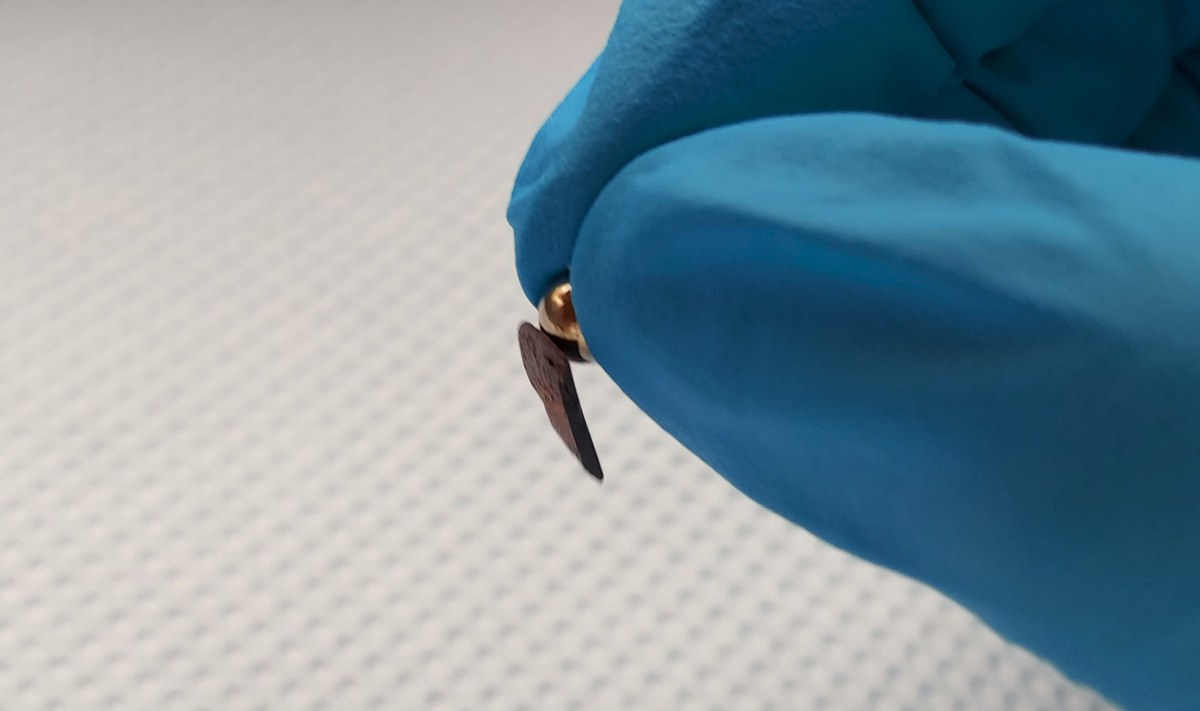Zinc Ferrite Presented as an Active Anode Material
New publication shows promising results in the use of zinc ferrite as anode material in zinc-ion batteries and zinc-metal batteries

01 October 2024 – In their new study, researchers from Helmholtz Institute Münster (HI MS; IMD-4) of Forschungszentrum Jülich demonstrate the potential of zinc ferrite as an anode material in zinc-ion batteries and zinc-metal batteries. Zinc ferrite is considered a cost-effective, non-toxic and already well-researched material, while zinc-ion and zinc-metal batteries represent a suitable element for the energy transition. They can be used as large stationary energy storage systems, for example for wind farms and solar plants.
Advantageous Material Properties
Zinc ferrite has long been recognised as a material with interesting properties. Among other things, it is magnetic, has very good electron conductivity and is already used as a photocatalyst. Student Julia Hopster, who wrote her bachelor's thesis in cooperation with Helmholtz Institute Münster, has now shown with the help of her team why zinc ferrite could become a component of future battery cells.
"We have investigated whether pure zinc ferrite additionally doped with titanium is suitable as an active material for the cathode in zinc-ion batteries and zinc-metal batteries. The results obtained are promising: at 1.57 volts versus a zinc reference, the material shows a significantly higher potential than the zinc manganite typically used," explains Dr Kerstin Neuhaus from Helmholtz Institute Münster, who supervised Hopster in her research work.
Based on the data obtained, the Helmholtz Institute Münster team cooperated with other scientists from Forschungszentrum Jülich to clarify both typical electrochemical properties and optical properties of the material and to relate these to changes in the crystal structure caused by doping.
Sustainable Alternative
Zinc-ion or zinc-metal batteries are a potential component of the energy transition because in the future they could be used as stationary storage systems in particular. Surplus energy from wind farms or solar plants could be stored to support grid stability.
Zinc ferrite is considered a promising starting point for the development of other spinel-based active materials. Here, it is also possible to draw on findings from lithium-ion battery research, where zinc ferrite on the one hand and various lithium spinels on the other are being intensively investigated as electrode materials.
Study Published in the Journal Energy Advances
The researchers Susanna Krämer, Dr Mariano Grünebaum, Dr Kerstin Neuhaus, Helmholtz Institute Münster (HI MS; IMD-4) of Forschungszentrum Jülich, Julia Hopster, Helmholtz Institute Münster and Münster University of Applied Sciences, Dr Anna Windmüller, Prof. Dr Rüdiger-A. Eichel, IET-1 of Forschungszentrum Jülich, Prof. Dr Thomas Jüstel, Münster University of Applied Sciences and Prof. Dr Martin Winter, Helmholtz Institute Münster and MEET Battery Research Center published the detailed results of their study as an open access article in the journal "Energy Advances".

